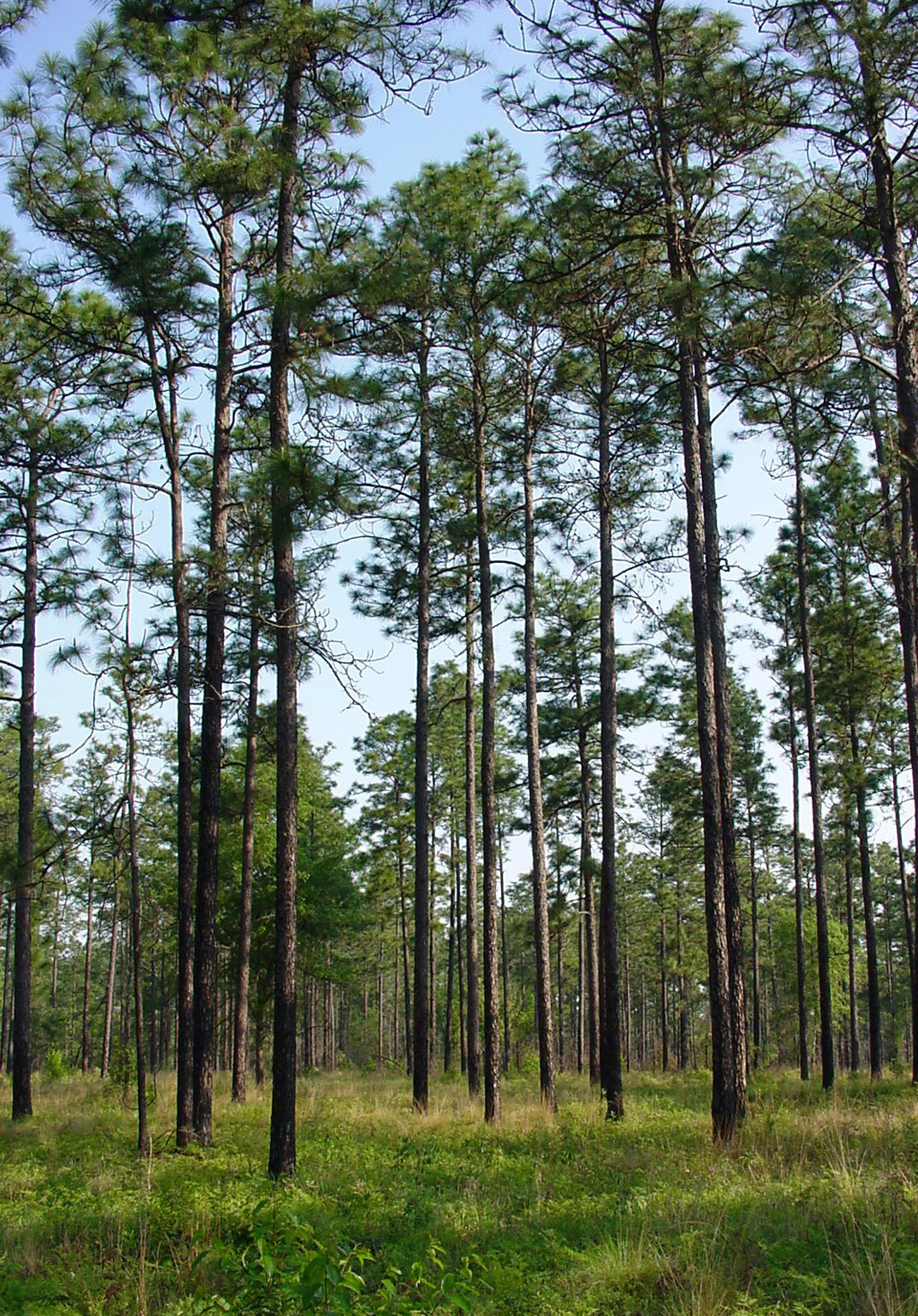As I cut my own firewood all that's in the cutting areas around here is jackpine.there is a little bit of poplar.i burn 24/7 and 4-5 cords a year.pine around here is about 350 a cord.my truck ins for 2 months ,wood cutting permit and gas and oil for my truck and saws runs me about 400.i usually cut 5 cords every fall.if I had to heat with electricity I would be around 500 a month.the biggest bonus is at 68 years of age all the work is keeping me from seizing up lol.
![[Hearth.com] Burning Pine is it really ok? [Hearth.com] Burning Pine is it really ok?](https://www.hearth.com/talk/data/attachments/302/302014-3c214bece2d8f78a34dbdb6ee5134868.jpg?hash=en76aMeAMh)
![[Hearth.com] Burning Pine is it really ok? [Hearth.com] Burning Pine is it really ok?](https://www.hearth.com/talk/data/attachments/302/302015-49b99c3d6a6318f7f96b15d782e1c74c.jpg?hash=lQNZGPM_ZE)
![[Hearth.com] Burning Pine is it really ok? [Hearth.com] Burning Pine is it really ok?](https://www.hearth.com/talk/data/attachments/302/302014-3c214bece2d8f78a34dbdb6ee5134868.jpg?hash=en76aMeAMh)
![[Hearth.com] Burning Pine is it really ok? [Hearth.com] Burning Pine is it really ok?](https://www.hearth.com/talk/data/attachments/302/302015-49b99c3d6a6318f7f96b15d782e1c74c.jpg?hash=lQNZGPM_ZE)
Last edited:






![[Hearth.com] Burning Pine is it really ok? [Hearth.com] Burning Pine is it really ok?](https://www.hearth.com/talk/data/attachments/311/311782-4006dbe0f598f77d517c640f5b760a84.jpg?hash=eeFsE7XQ7l)

